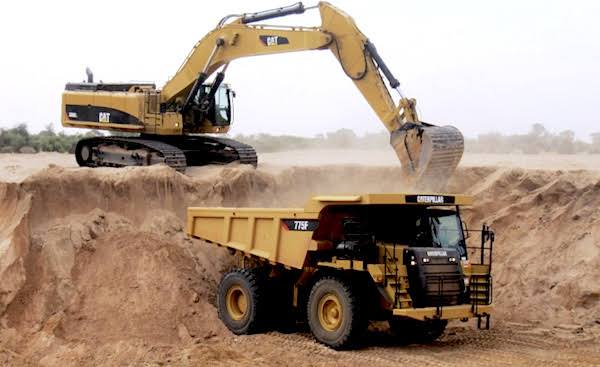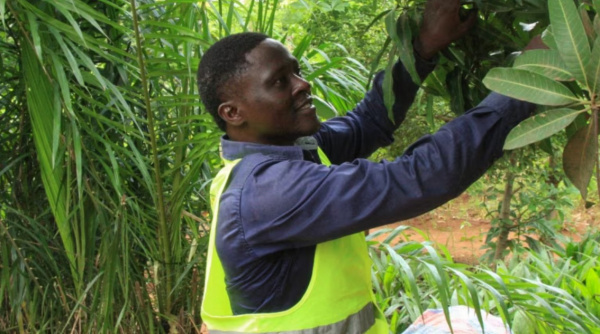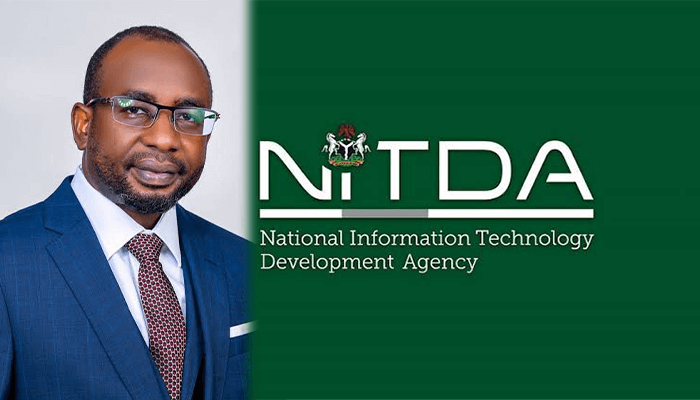The mining industry in Togo is still not fully developed, falling short of its potential. In 2022, it accounted for 1.15% of the nation’s gross domestic product and 17.5% of total exports. Although its contribution to the national economy is relatively modest, it serves as a significant revenue source for the government through taxes and royalties. The sector primarily focuses on phosphate, clinker, and limestone, while other minerals such as manganese, iron, gold, and chromite present promising opportunities for future growth.
Key Statistics
Phosphate is the most extensively mined mineral in Togo. In 2022, the country exported 1,782,665 tonnes of phosphate, yielding revenues of 157.6 billion FCFA. This mineral is primarily exported, but there is a local processing initiative in collaboration with the Office Chérifien des Phosphates (OCP) aimed at producing fertilizers. Clinker, which is crucial for cement production, is extracted by SCANTOGO and WACEM, with 715,928 tonnes exported in 2022, generating 29.4 billion FCFA. Limestone, mined by TOGO CARRIÈRE, saw exports of 140,000 tonnes, valued at 2.57 billion FCFA.
Togo possesses untapped mineral deposits in addition to its traditionally utilized resources. Notably, manganese, with an estimated reserve of 13.97 million tonnes located in Nayega, is central to a collaboration between Togo and the British firm Keras Resources. In 2023, the management of this project was assigned to the Société Togolaise de Manganese (STM), established by the Togolese government to oversee the extraction and development of this mineral. The country also has iron, chromite, and gold, although their extraction is primarily conducted on an artisanal and small-scale level. Artisanal gold mining is particularly prevalent in the Plateaux, Kara, and Centrale regions, where it predominantly employs women and children. However, this sector faces challenges due to a lack of organization and reliable data. A considerable amount of gold, estimated between 10 and 25 tonnes annually, evades official oversight due to cross-border smuggling. In 2013, gold constituted 24% of Togo’s mining exports, despite the country not being a major producer. This scenario highlights the urgent need for better sector organization to ensure resource traceability and sustainable management, as noted by experts. Additionally, Togo has carbon phosphate deposits that are currently under evaluation for more efficient extraction methods.
Economic Impact of the Sector
The 2022 EITI report indicates that mining companies contributed a total of 19 billion FCFA to the state, with 94.18% (17.8 billion FCFA) originating from mines and quarries. The extractive sector generated budgetary revenues of 15 billion FCFA, which were split between tax revenues (86.73%) and non-tax revenues (13.27%). Value-added tax (VAT) emerged as the primary revenue source (29.3%), followed by customs duties and taxes (23.1%) and corporate tax (13.9%). The report underscores Togo’s dedication to combating corruption and enhancing governance.
Challenges persist regarding the transparency and traceability of revenue streams. The EITI report for the reviewed period identified a significant unreconciled discrepancy of 685.46 million FCFA in payments reported by extractive companies, underscoring the necessity for enhanced oversight of mining revenues and royalties. Additionally, there are ongoing issues with SNPT’s management of the phosphate sector, particularly concerning transparency. The report indicated that SNPT’s audited financial statements are not consistently published, hindering effective monitoring of its financial interactions with the State.
Perception of mining activities by residents living near extractive areas
In the past, mining operations were a source of considerable tension between mining companies and local communities, primarily due to allegations of subsoil degradation and inadequate compensation, along with insufficient attention to environmental issues. However, recent months have seen a notable shift in this dynamic.
A survey conducted by Afrobarometer and released in 2024 indicates that residents in mining regions of Togo are generally less critical of natural resource extraction. While a significant majority (86%) advocate for stricter government oversight in the extractive industry, they also perceive that the advantages of mining outweigh its drawbacks, such as environmental pollution. Furthermore, 67% of respondents feel that ordinary citizens have a voice in decisions regarding natural resource exploitation, and 60% believe their community receives a fair share of the generated revenue.
Nonetheless, it is crucial to recognize that the extraction of natural resources does not automatically lead to improved infrastructure or services for local communities.
The challenges facing the Togolese mining sector.
One of the primary challenges facing the mining industry is the local valorization of resources. At present, a significant portion of raw materials is exported in their unprocessed state, which diminishes potential revenue for the national economy. Various initiatives are underway to enhance local resource processing and maximize their economic benefits. Notably, a partnership with the Office Chérifien des Phosphates (OCP) aims to add value to phosphate by producing fertilizers locally. Additionally, there are efforts to bolster cement production through the utilization of clinker and limestone, which will help reduce reliance on imports and increase the mining sector’s added value.
Another significant challenge is the need to reorganize the sector to professionalize resource extraction, particularly for gold and other minerals. A considerable amount of revenue generated from artisanal and small-scale mining operations often evades state oversight, resulting in lost income for the government. Implementing stricter regulatory and monitoring frameworks would enhance the supervision of extraction activities.
From an environmental standpoint, mining poses several concerns. The introduction of an ecological tax, which has been planned since 2008 but remains unimplemented, is a critical challenge in mitigating the environmental impact of extractive operations. Furthermore, authorities are working to strengthen the requirements for mining companies regarding the disclosure of their greenhouse gas (GHG) emissions and waste management practices.
Recognizing these challenges, the government has initiated several reforms aimed at improving governance within the mining sector. One such reform is the creation of a digital mining cadastre, which seeks to enhance the management of operating permits and promote greater transparency.
The Mining Development and Governance Project (PDGM) was executed from 2016 to 2021, supported by a US$15 million grant from the World Bank. The project’s primary objectives were to enhance institutional capacities, improve payment traceability within the extractive sector, and foster more effective management of mining resources. Key accomplishments included the creation of a Mining Title Administration and Information Management System (SATMGI), the formulation of a guide on mining Corporate Social Responsibility (CSR), and increased awareness among local authorities and stakeholders regarding good governance and environmental sustainability practices. Additionally, the project facilitated improved dialogue between mining companies and local communities, particularly by involving local authorities in the resolution of mining conflicts.
By optimizing the local processing of its mineral resources, Togo aims to address the challenge of transforming its mining sector into one of the most efficient, with a focus on enhanced governance and environmentally sustainable practices to support its development.







